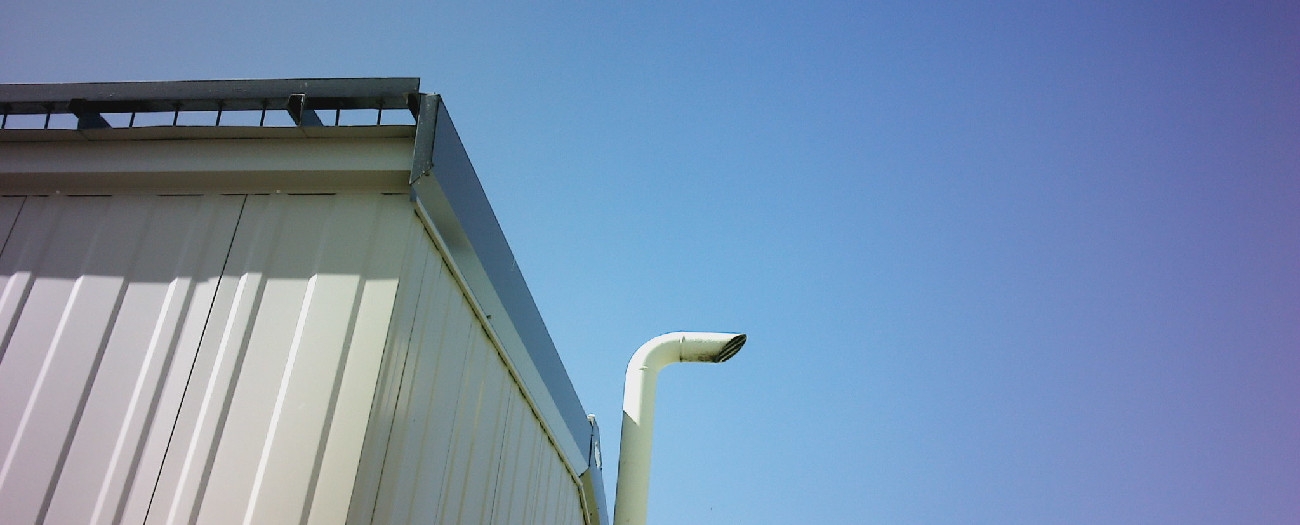Five things to know about this year’s flaring and venting report
Alberta - September 18, 2018Every year, the Alberta Energy Regulator (AER) publishes facts and figures about who is flaring and venting gas in the province.
The figures in the report can be attributed to a number of factors, including things like market forces, gas conservation, and industry compliance with the AER’s venting requirements.
This year’s report contains a lot of data, so here are five important things to know:
- The 2018 edition of the report contains data from 2017. It takes time to compile the numbers, so it’s typical for us to release these kinds of reports the following year.
- We see a significant decrease in industry’s benzene emissions (20 per cent) in 2017, which is due to the AER’s updated benzene emission limit reductions that were phased in over the last five years. This is good because benzene is a harmful volatile organic compound.
- Industry’s solution gas conservation increased about half a per cent to 97.1 per cent, which is the highest recorded conservation rate to date.
- Flaring increased 11.7 per cent from 2016, while the total flare volume remained significantly lower than the average flare volume over the past five years.
- Venting decreased 20 per cent from 2016. Bonus fact for the keeners: over the last two years, total venting from oil batteries surpassed that of bitumen batteries for the first time since 1999, when we started collecting the data.
In the media
Study suggests global GHG emissions would drop if world’s oil producers followed Canadian industry rules
Global News
September 4, 2018 | www.globalnews.ca
IHS report forecasts emissions intensity drop of 16-23% for oilsands
The Canadian Press
September 13, 2018 | www.cbc.ca
Shelley Svetanova, Writer


